8 Nights and 9 days Bhutan Happiness
Duration
Tour Type
Overview
The 8 Nights and 9 Days Bhutan Happiness tour offers a blend of cultural exploration and adventure. Highlights include visiting Paro’s iconic sites, trekking to Bumdra Monastery, exploring the Tiger’s Nest, and discovering Bhutan’s rich history in Thimphu and Punakha. Guests will experience breathtaking views of the Himalayas, hike through pristine forests, visit ancient monasteries, and engage with Bhutan’s natural beauty. Stops at Phobjikha Valley and Dochula Pass provide opportunities to observe wildlife and panoramic mountain vistas. The tour concludes with a return to Paro and departure.
Tour Plan
Day 01-Arrival in Paro-:
During the journey by Druk Air ( Bhutan’s National Airline), one will experience spectacular view of Mt. Everest (of Nepal) and other famous Himalayan peaks, including the revered Mt. Jumolhari and Mt. Jichu Drake of Bhutan. On arrival at Paro International Airport, you will be received by representatives of Indostan Viajes Tours. Drive to hotel. Rest for a while.After lunch we will see the rich history of Bhutan exhibited in the 17th century National Museum. Rinpung Dzong: meaning "fortress of the heap of jewels". Built in mid 17th century, it now serves as the administrative and judicial seat of Paro district and residence for the 200 monks of Paro. It is also the venue for Paro festival held in the spring. Several years ago, the colorful movie Little Buddha was filmed here. Kyichu Lhakhang: Tibetan King Songtsen Gompo in the 7th century miraculously built 108 temples, along with Jorkhang in Lhasa. Kyichu is considered to be one of them and is one of the oldest temples in Bhutan. Overnight in hotel.
Day 02-Bumdra trek starts
The adventure begins with an early morning drive up to the Sang Choekor to meet your ponies and while they are being loaded we may pay our respects at the College. The initial 1–2 hour ascent of a ridge, which is steep at times, although also cool in the shade, brings us to a clearing with prayer flags and a view down into both the Paro and Do Chhu valleys. Above and ahead is the Chhoe Chhoe Tse Lhakhang (temple) nestled in the mountainside 1-2 hours walk. The trail undulates for a while before the last steep climb takes us to the pretty temple which boasts commanding views south over Paro Airport and northwards to the snow capped Himalayan peaks. After a final 20 minutes climb through ruins and fluttering prayer flags, we plunge back into ancient forest traversing for about 40 minutes, finally coming out onto a high wide meadow dotted with sacred chortens and prayer flags. Our home for the night is tucked in under Bumdra Monastery (cave of a thousand prayers) making the most of the awesome views of the Himalayan range. After lunch we can visit the monastery (if it is occupied) and also climb the peak to the north (about 4000m) for even better view. Overnight in camp.
Day 03 -Bumdra to Paro
After a hearty breakfast and taking in the jaw dropping landscape, it is time to either head straight back into the valley or linger awhile soaking up the view and perhaps hang some prayer flags of our own. Eventually we have to drop back into the ancient pine and rhododendron forest along the monks’ zig zagging trail. After 1-2 hours of descent we catch glimpses of the golden roofs of temples below and soon come upon the first of many on our way back from the wilds. The path winds across the mountainside between the monasteries and temples before reaching the gardens of zangtopelri (Heaven on Earth) from which you can bravely peer over edge and straight down onto the ornate roofs of Taktsang clinging to the cliff far below.
An hour later and we are at the gates of Taktsang looking across the gorge to a steep descent and a waterfall. Then, as we ascend on the steps, you find you are passing directly into the Tiger’s Nest itself. Retracing our steps we begin the final descent of about 45 minutes to reach our vehicle and drive back to the Lodge … not forgetting to stop on the other side of the valley and look back at what you have achieved. Overnight in hotel.
Day 04-Paro toThimphu:Altitude-2300m/65km/1 hour drive
During the journey by Druk Air ( Bhutan’s National Airline), one will experience spectacular view of Mt. Everest (of Nepal) and other famous Himalayan peaks, including the revered Mt. Jumolhari and Mt. Jichu Drake of Bhutan. On arrival at Paro International Airport, you will be received by representatives of Mozilla Bhutan Tours and Treks. Drive to Thimph.The distance of about 65kms from Paro airport takes more than 1 hour. Drive south following Pachu River to the river confluence at Chuzom, which is also the hub of road network going to Paro, Ha, Thimphu and Phuntsholing. From Chuzom, the drive takes about less than 1 hour, staying close to the Wangchu River in the valley floor, as you pass through villages and suburbs to the capital, Thimphu. En-route, you can stop to view Tachogang temple.
Thimphu (2,300m): was a wooded farming valley until 1961, when it became Bhutan's official national capital. The massive Tashicho Dzong, about 700 years old, was carefully revamped in the 1960s by the late King Jigme Dorji Wangchuk to house the royal and main government offices. Even today, it still only has a few streets and no traffic lights with estimated population of 150,000 people. on arrival check in hotel and takes a short rest.
Later, after lunch visit:
Memorial Chorten: This landmark of Thimphu was built in 1974 in the memory of third King, Jigme Dorji Wangchuk, who is popularly regarded as Father of Modern Bhutan. It is a four-storey tall white building, containing statues and iconography of deities from complex tantric teachings and serves as an important place of worship for Thimphu residents, as well as from other parts of the country.
Buddha Dordema: Early in the morning drive to the Buddha point to take beautiful shot of Buddha and the valley. The big statue of sitting Buddha is located on the hill of Thimphu valley. The statue is made of bronze and the high of the statue is 169ft (51.5m). Takin preservation centre: Visit takin preservation centre to see the National animal of Bhutan Before you return back to hotel.Before you return to hotel. Make a short walk in Thimphu city. Overnight in Hotel.BDL.
Day 05: Thimphu to Thimphu
fter breakfast drive north through the suburbs for about 40min to Dodena and walk up to Cheri Gompa Monastery (2850m) Cheri Gompa was first built in 1620 by shabdrung and it was here that the central monastic body (Dratsang) was first established. Many of the important priests of Drukpa Kagyul lineage passed periods here, and so it is an important pilgrim site for Bhutanese. During the weekends, many Bhutanese are seen climbing up the hill from Dodena (2,600m), where the road ends. Cross a wooden cantilever bridge and climb up the hill with moss-laden pine, fir and rhododendron trees, that takes little over 1 hour. Return to the road. Picnic lunch will be serving. After lunch drive back to Thimphu city go to hotel relax for some time.In the evening visit Thimphu Tashi chhe Dzong.Thimphu Dzong is very important. This Dzong is summer resident for 100 monks and in winter 1000 monks go to Punakha valley for winter resident. This tradition is practice from long time ago. Inside the Dzong there is very important temple where king of Bhutan crown.4th and 5th king was crown in Thimphu Dzong.1st and 2nd king was crown in punakha Dzong and 3rd king was crown in Paro Dzong.Overnight in hotel.
Day-06: Thimphu to Punakh-Altitude 1300m/77km/2hrs drive.
After Drive from Thimphu to Punakha: The drive from Thimphu (75Kms) takes about 3 hours. The road climbs from Thimphu to Dochula Pass (3050m) and descends through ever changing forests into semi-tropical valley of Punakha at around 1250m
En-route stops at dochula Pass (3050m) where you can view the eastern Himalayas, including Bhutan’s highest mountain, Gangkhar Punsum (7550m).
Visit Chime Lhakhang: The monastery and fertility temple dedicated to Lama Drukpa Kuenley, a Tibetan Buddhist saint known popularly as “the divine madman” and considered a folk hero in Bhutan for his unconventional ways. Drukpa Kuenley originally built a chorten on the site in the 14th century, on which a temple was later built in 15th century. The temple, flanked by nearly 100 tall prayer flags, sits atop a picturesque hill. It has long been a pilgrimage site for childless couples. This easy walk takes about ½ hour each way. Overnight in hotel.BLD.
Day 07: Punakha to Phobjikha
After breakfast drive to Phobjikha valey(One of the beautiful valley in Bhutan) Phobjikha is part of conservation area with in Black Mountain National Park. It is the winter home of migratory Black Necked Crane. Gangtey is the name of the Monastery that sits on top of a conical hill in the middle of the valley. It is also one of the oldest and largest monasteries in western parts of Bhutan.Make a short Nature walk trail: This nature walk trail is beautiful walk to the valley. On the ways make a visit to farm house, to see the people living in rural village.
Day-08: Phobjikha to Paro-Altitude 2200m/155km/5-6hrs drive
After breakfast drive to Paro-Paro is one of the most beautiful valleys in the country with Bhutan’s only airport located here, among the terraced fields, and elegant farm houses. Willow trees line many of the roads, contrasting with bright colors of the fields and the most popular and important sites also found within Paro district. Paro town (2,280m) is still a small with one main street and less than one hundred small family-run shops.In paro make a short hike to Dzongdrakha monastery which is located on the rock and its very important monastery date back to 1 century. From this monastery we can see great view of the valley. In the evening walk arround the town and do some shopping if you like. Overnight in Hotel.BLD.
Day 09: Departure:
After breakfast, transfer to the airport in time for your departure
Tour Map
Included/Excluded
- 3*hotel twin sharing
- 3 meals(Breakfast, Lunch and dinner)
- English speaking guide
- SDF
- Visa fees
- Transportation with driver
- Entrance fees
- International flight tickets
- Travel insurance
- Personal expenses
- Payment transfer fees
- Tips to service provider
- and any other cost which is not included in given cost
- Additional cost for 4* hotel and above
Frequently asked questions
Bhutan is a year-round destination. There are four seasons: summer (June to August), autumn (September to November), winter (December to February) and spring (March to May). But because of the range of altitudes in the country, and the influence of the north Indian monsoons, the climate is incredibly varied.
In the south, the humid, subtropical climate is fairly consistent year-round, with temperatures between 15oC and 30oC. Central Bhutan, with its temperate forests, has a more seasonal climate, with warm summers and cool, dry winters. The northern regions are much colder during winter. Because of the high altitude, mountain peaks are snowy year-round and the lower reaches remain cool in summer.
In summer, the Indian monsoon season runs from late June or July to late September, mostly affecting the southern regions. Most farming activities take place in the summer, when crops thrive in verdant landscapes.
Autumn, from late September or early October to late November, follows the rainy season. It is characterised by bright, sunny days and some early snowfall at higher elevations. It’s the season of feasts and festivals as farmers reap the fruits of their work.
From late November until March, the crisp, clear and sunny winter sets in, with frost throughout much of the country and snowfall common above elevations of 3,000 metres. The winter northeast monsoon brings gale-force winds at the highest altitudes through high mountain passes, giving Bhutan the name Drukyul, which means Land of the Thunder Dragon in Dzongkha (Bhutan’s national language).
Bhutan’s generally dry spring starts in early March and lasts until mid-April. It is a botanist’s delight, with nature in full bloom. Summer weather commences in mid-April with occasional showers and continues to late June.
Visitors of all nationalities, except those from India, require a visa before entering Bhutan. For all visitors, except those from Bangladesh and the Maldives, this visa must be applied for and approved in advance of travel. Visitors from Bangladesh and the Maldives also require a visa, but this can be applied for and approved either in advance of travel or upon arrival in Bhutan.
Visitors from India are able to apply for a permit but are required to hold an Indian passport or an Indian voter ID card. For Indian nationals under the age of 18, a passport or a birth certificate can be used to enter and they must be accompanied by a legal guardian.
Nationals from Switzerland and Thailand holding diplomatic or government-official passports are eligible for a visa at their port of entry.
A correctly input visa application can take up to five days to process.
The Sustainable Development Fee (SDF) is a daily levy paid by visitors to support Bhutan’s development. Since the kingdom first opened its doors in 1974, guests have played a critical role in our country’s growth.
The SDF is collected by the national exchequer and funds are allocated to various projects that create long-term, sustainable opportunities for the Bhutanese people, through free healthcare, education and training, upskilling the tourism and hospitality industry, improved infrastructure, environmental preservation and conservation, cultural preservation programmes and initiatives that support local businesses and economies. The SDF is also a vital means of maintaining the exceptional forest cover and carbon-neutrality for which our small nation is world-renowned and globally critical. The SDF also helps us to ensure that we can continue to offer guests tranquillity and an intimate experience.
The SDF is USD 100 per night for adults from all countries except for India. Children aged between 6 years and who have not yet turned 12 are eligible to pay USD 50 per night. Children who have not yet turned 6 years old do not have to pay any SDF.
The SDF for Indian nationals (showing a valid Indian passport or Voter ID card) is Nu. 1,200 (or the equivalent amount in Indian rupees) per person, per night. Children aged between 6 years and who have not yet turned 12 are eligible to pay Nu./INR 600 per night. Children who have not yet turned 6 years old do not have to pay any SDF.
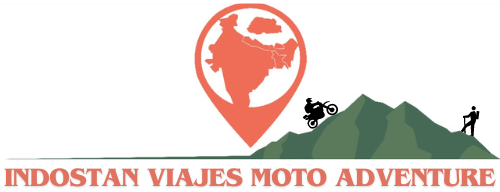



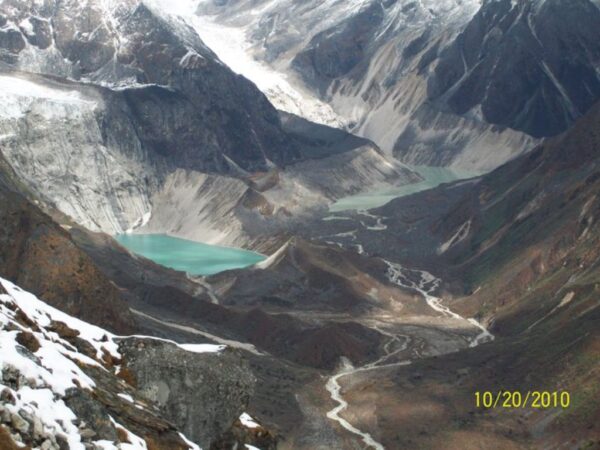
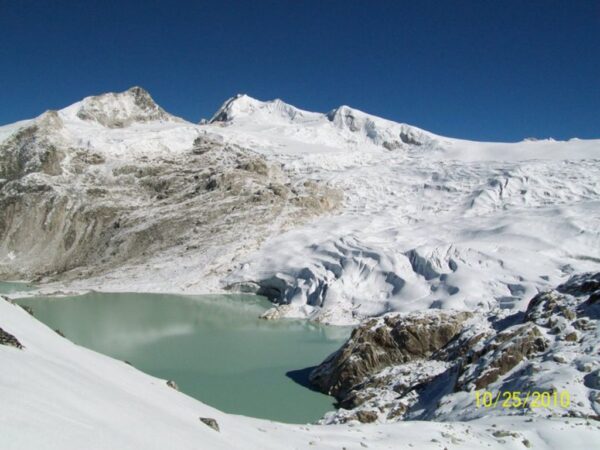
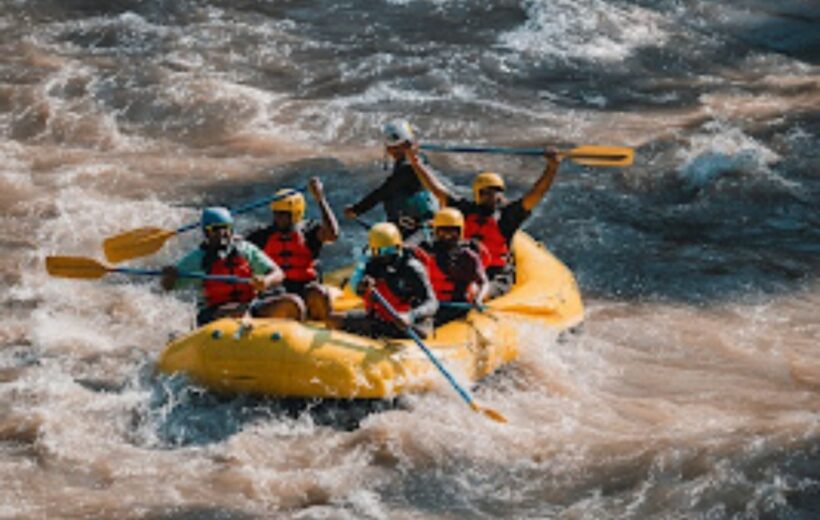
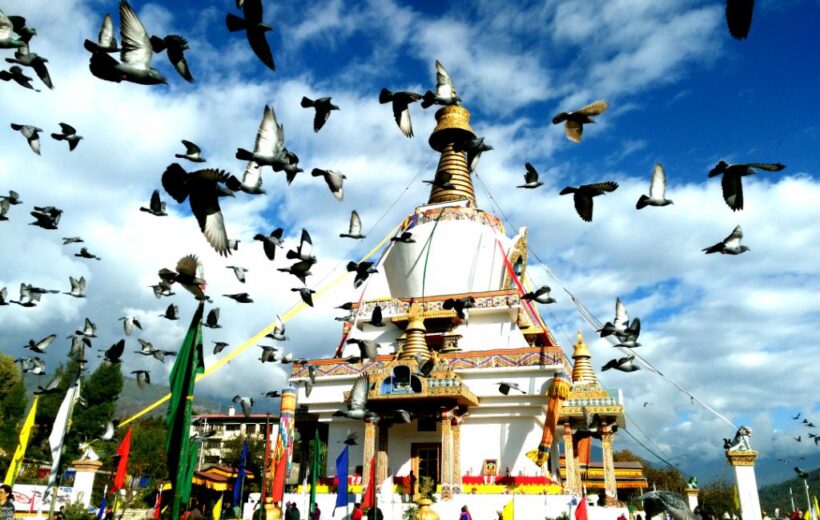
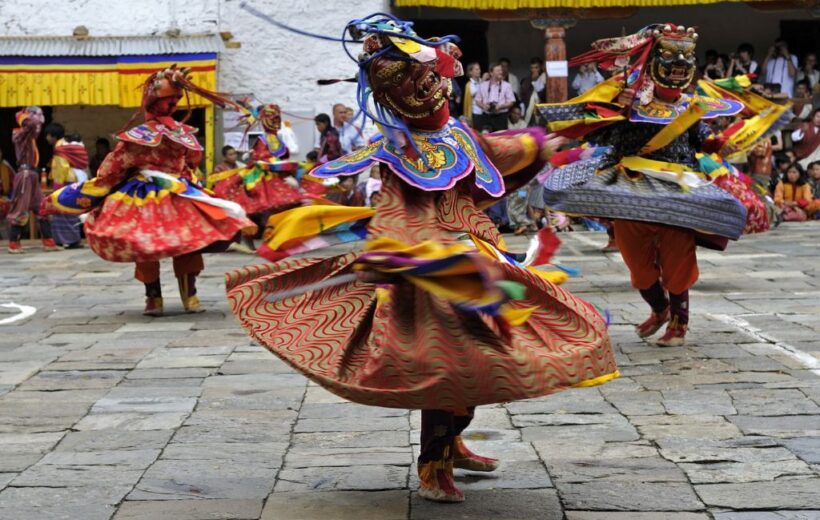
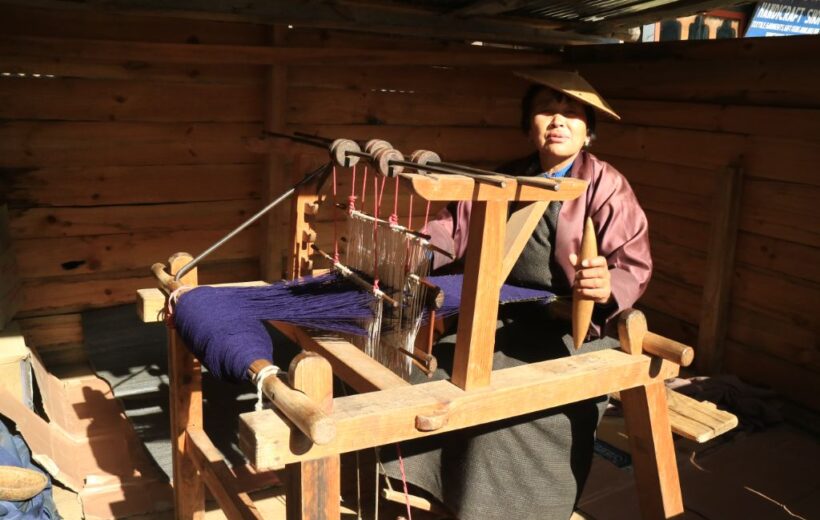
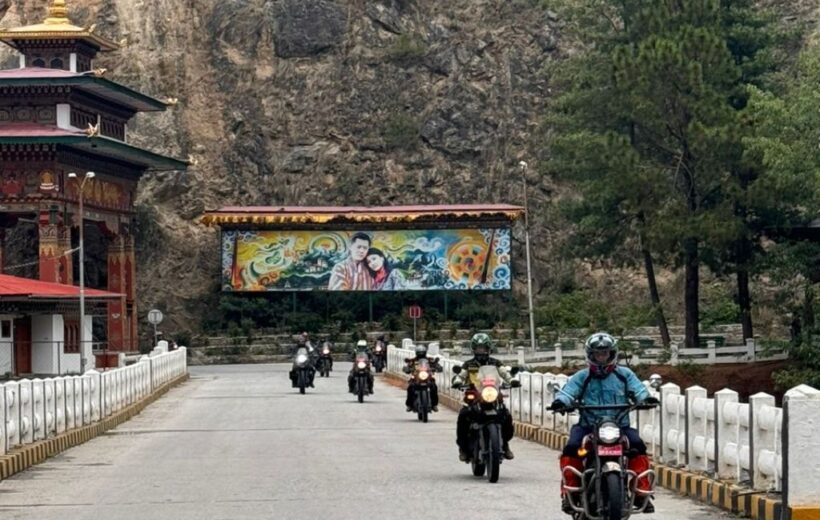
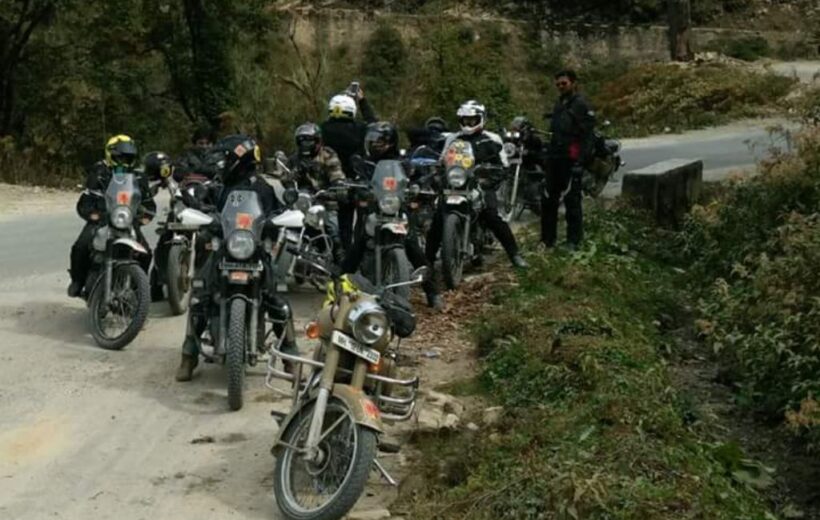

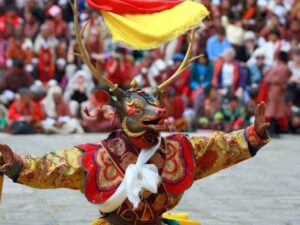
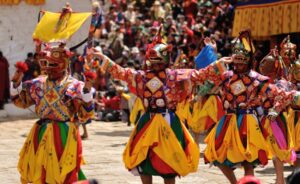

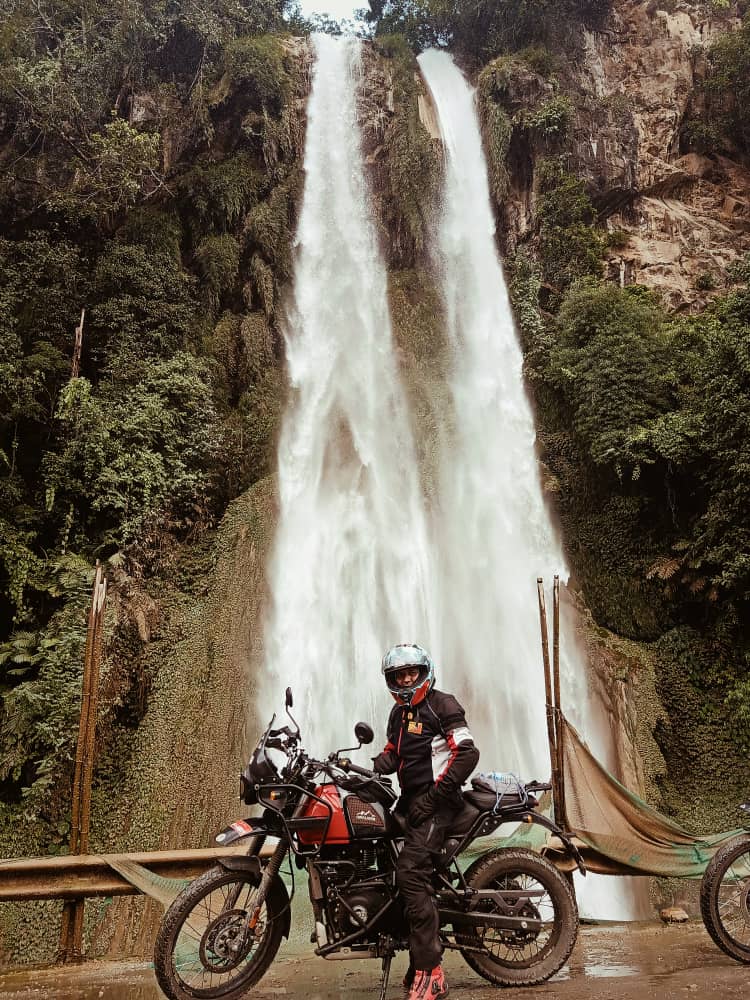
1 Comment
I had a great time in Bhutan! I really recommend a visit to this country if you want to have a great and different experience. I exclusively recommend Indostan Viajes Tours that provided me with this satisfying opportunity. The tour guide was brilliant and I was exposed to the original Bhutan.
Regards,
Comments are closed.